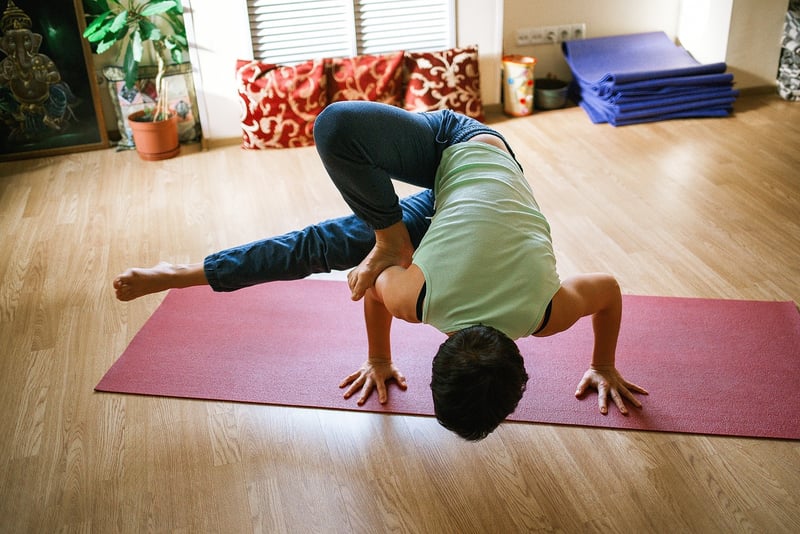Relaxation Techniques
Promote Relaxation Through Movement
Relaxation is essential for maintaining overall well-being and reducing stress. While traditional relaxation techniques like meditation and deep breathing can be effective, another powerful way to unwind is through movement. Physical activity not only helps release tension but also promotes the release of endorphins, the body's natural mood elevators.
Benefits of Movement for Relaxation
Engaging in physical activity can have a myriad of benefits when it comes to relaxation:
- Reduces muscle tension
- Improves mood and reduces feelings of anxiety
- Increases blood flow to the brain, promoting mental clarity
- Helps improve sleep quality
- Boosts overall energy levels
Types of Relaxation Movement
There are various forms of movement that can help promote relaxation:
- Yoga: Combining physical postures, breathing exercises, and meditation, yoga is a holistic practice that enhances relaxation and promotes flexibility.
- Tai Chi: This gentle form of martial arts focuses on slow, deliberate movements, promoting relaxation, balance, and inner peace.
- Dance: Whether it's ballet, salsa, or simply dancing to your favorite tunes, movement to music can be a fun and expressive way to relax.
- Walking: A simple yet effective way to clear the mind and reduce stress, walking in nature can be incredibly calming.
Relaxation Techniques
In addition to incorporating movement into your relaxation routine, consider trying these relaxation techniques:
- Progressive Muscle Relaxation: Tense and then relax each muscle group in your body, starting from your toes and working your way up to your head.
- Visualization: Close your eyes and imagine a peaceful scene or place, focusing on the details to transport your mind to a tranquil space.
- Deep Breathing: Take slow, deep breaths, focusing on filling your lungs completely and exhaling fully to calm your nervous system.
- Guided Imagery: Listen to recordings or scripts that guide you through relaxing scenarios, helping you unwind and destress.
Remember, finding the right relaxation technique is a personal journey, so don't be afraid to experiment with different methods to see what works best for you. Whether it's through movement, meditation, or a combination of both, prioritizing relaxation in your daily routine can have lasting benefits for your mental and physical well-being.

Take a step towards a more relaxed and balanced life today by incorporating movement and relaxation techniques into your daily routine.
References: Mayo Clinic - Relaxation Techniques
